White Lecture Hall’s auditorium is a versatile space. It hosts classes, speakers, and student organizations. And this Wednesday, White 107 was an institution for the elderly, an elementary school classroom, a lake, and an old blue house.
On October 23, Duke welcomed solo artist Kali Quinn to the stage to perform her now 13-year-old, one-woman show, Vamping. Vamping is an artistic and humanistic rendition of dementia, inspired by Quinn’s personal experience with a grandmother who moved into an institution just as Quinn was leaving for college on the other side of the country. It tells the story of 91-year-old Eleanor Butler, who drifts in and out of old memories, joys, and regrets as she experiences dementia in an elderly care facility.

Throughout the hour-long performance, the physicality of the stage remains constant. There is one actor, Quinn herself, accompanied by a few props: a projector, a wheelchair, a blanket, a voice recorder. Yet each of these, Quinn included, shapeshift constantly. Quinn plays not only Eleanor, but also a caregiver, a granddaughter, and Eleanor’s younger selves at different stages of life.
That’s what dementia is like, Quinn explains. It’s experiencing a hundred different things all at once.
“I don’t know what’s dream and what’s awake,” says an elderly Eleanor as she returns from an old memory and just before she’s immersed into another one.
Vamping captures the existence of identity and personhood in diagnosis, according to Jessica Ruhle, Director of Education at the Nasher Museum of Art. While the story has no clear plot and no clear resolution, it flows in a way that is real and personal. At 91, Eleanor re-experiences her elementary school spelling bee, her 16-year-old flirtationship with the boy who would become her husband, the birth of her first child, her regret at not being a better wife and mother and grandmother, and so much more. She doesn’t particularly succeed in making sense of it all, but neither does she try. The resolution is simply an acceptance of life’s complexity.

Janelle Taylor, a medical anthropologist at the University of Toronto and one of the panelists following the performance, explained that this complexity is what differentiates pure medicine from an anthropological approach. “I do kind of the opposite of what medicine does,” she said. “Medicine makes sense of things by excluding possible causes and contexts. Anthropology seeks to bring it all together.”
The entanglement of all these different possible factors perhaps explains why Quinn’s performance also offers glimpses into the lives of caregivers, family members, and others who share in the experience of dementia. In many cases, a single diagnosis affects a far larger network than just the diagnosed patient.
And though that’s true in Vamping as well as the panelists’ experiences with dementia, they acknowledge that other stories of the same condition often go untold. “We’re very alike in our whiteness, our economic condition and ability to afford professional care,” said Ruhle, referring to herself and Quinn. After all, Eleanor experiences dementia within a care institution—which, according to Eleanor in the play itself, costs about $85,000 per year.

Taylor added that she was searching for more data on diagnosed persons who have no healthcare or no family. Unfortunately, there isn’t much existing research on such people, and the data are difficult to find. And adding onto that, there are many cases of dementia that are never formally diagnosed at all.
But even so, Quinn’s performance is important to share. Vamping doesn’t attempt to do the impossible by telling a universal narrative of aging and dementia; instead, it gives an immensely personal and humanistic story of one patient’s experience of life.
Even the cold realities play into its personal nature as well. As Eleanor exclaims at one point in the performance, more money is spent yearly on Viagra and breast implants than on Alzheimer’s. The implication is clear: there’s a need for more research, and there’s a need for more humanness.

By Irene Park

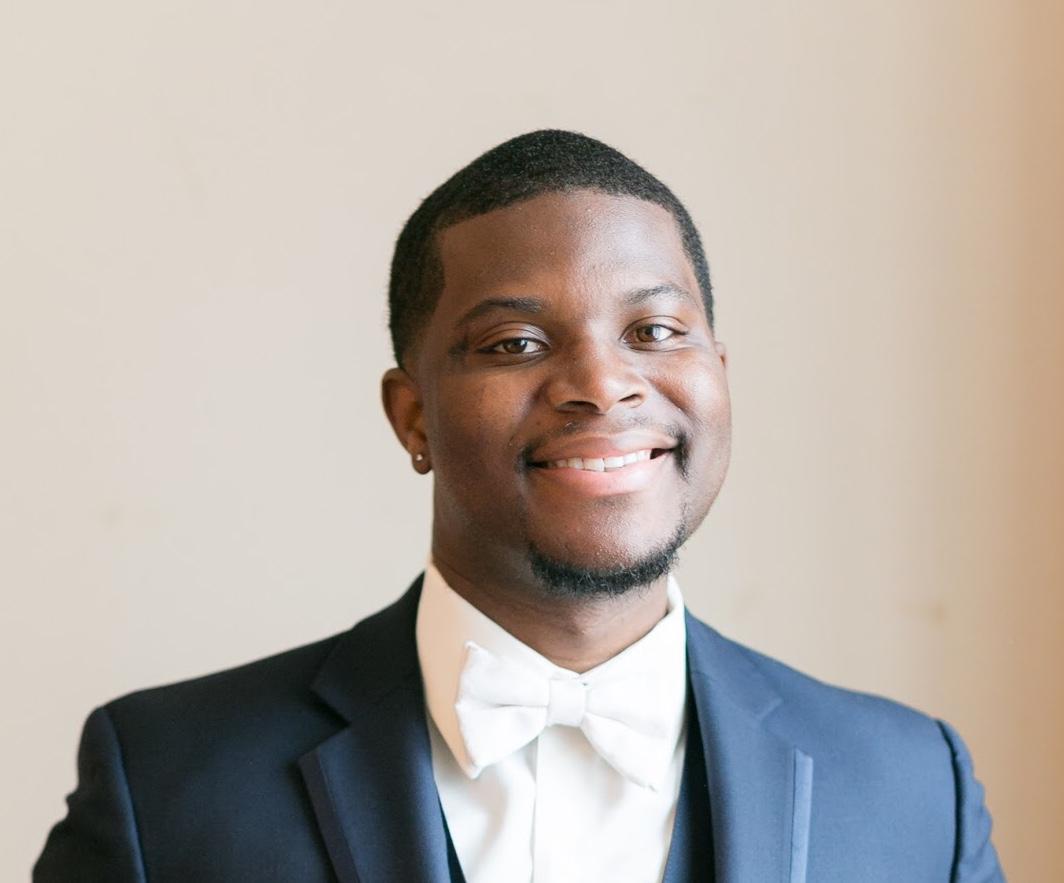





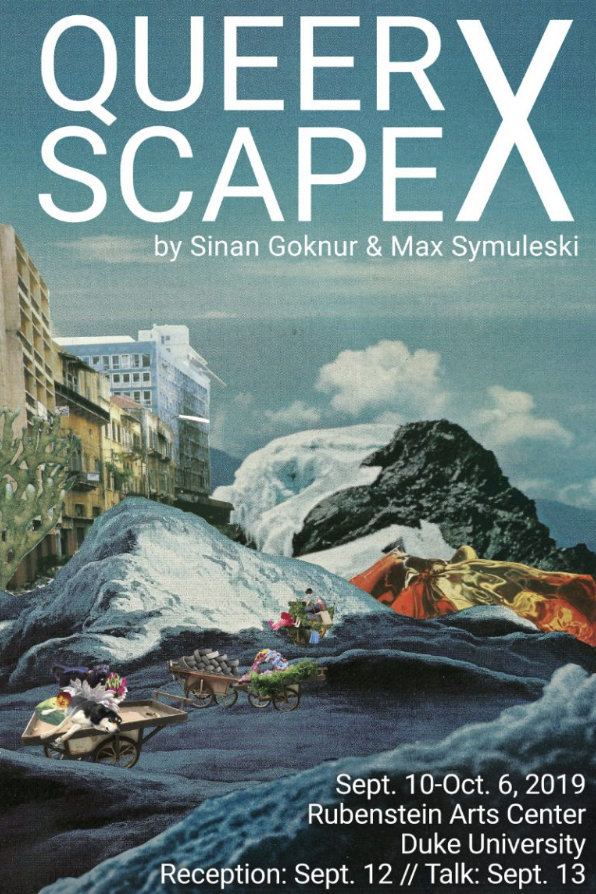






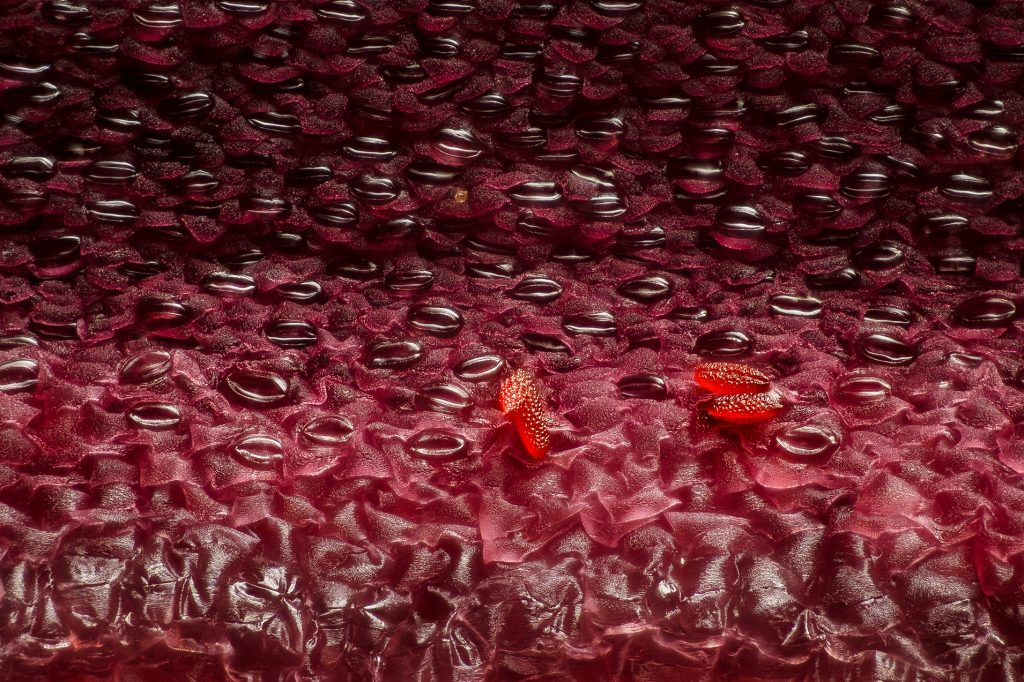



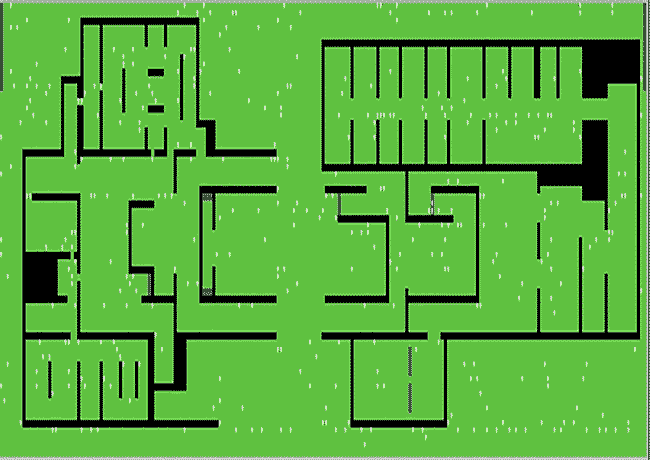








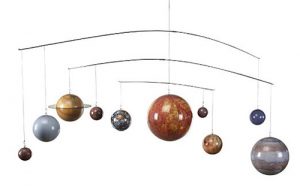 I hope to combine my interest in the natural and animal sciences with my love for writing and chronicle some of the amazing research going on in these fields both on campus and around Durham! I also hope to incorporate my interests in music and theater into my inquiries and document scientific research surrounding music and the arts in the Duke community.
I hope to combine my interest in the natural and animal sciences with my love for writing and chronicle some of the amazing research going on in these fields both on campus and around Durham! I also hope to incorporate my interests in music and theater into my inquiries and document scientific research surrounding music and the arts in the Duke community. Post by Rebecca Williamson
Post by Rebecca Williamson






 Post by Lydia Goff
Post by Lydia Goff